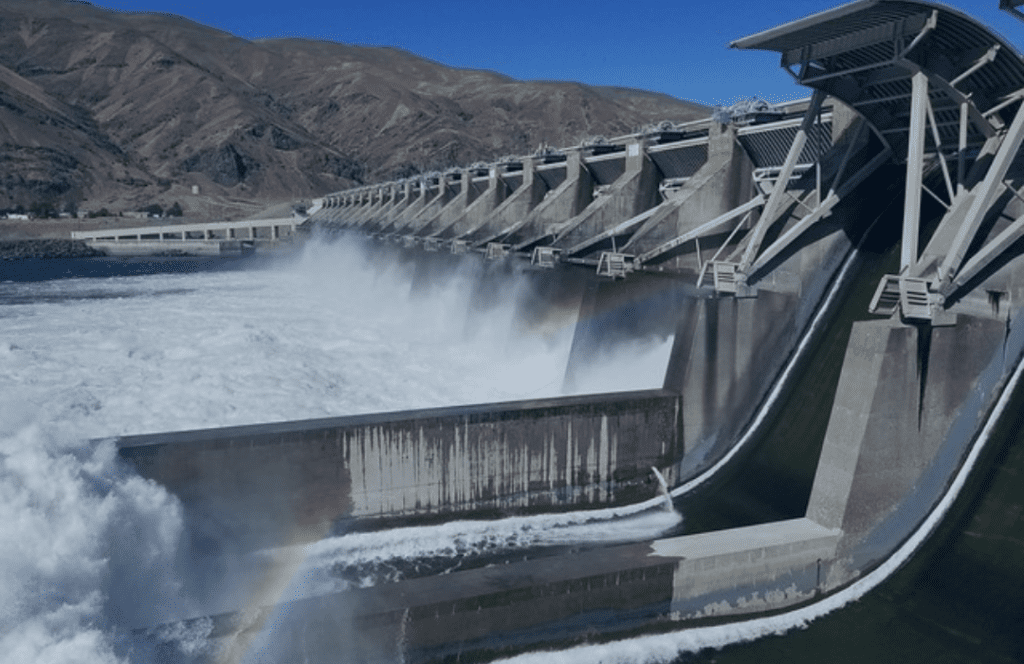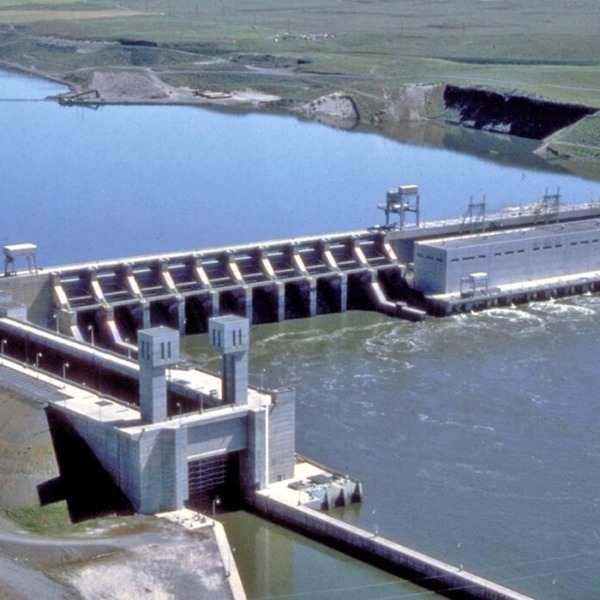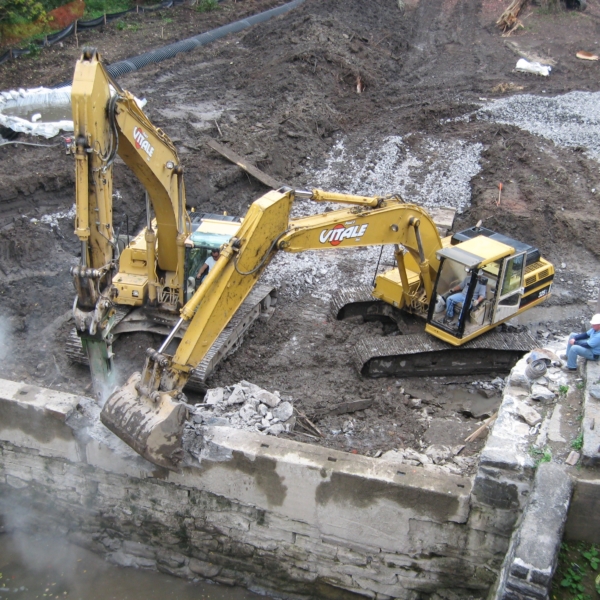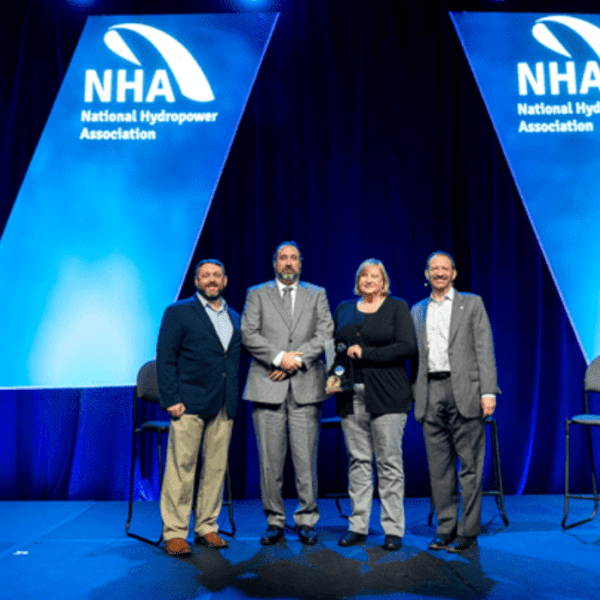States and the federal government responsible for ensuring the safety of the 90,000 dams across the U.S. are looking at regulatory changes and improvements, while the industry, environmental and public safety groups have come together to ask Congress and the Biden Administration to provide significant amounts of funding to enhance dam safety.
A look at the recommendations from the state of Michigan following two dam failures in the state in 2020 shows the recommendations (and associated costs) are clearly aspirational, but give insight into how the non-federal dam safety community may be moving to an approach more thoroughly coordinated with, and similar to, the federal one.
Meanwhile, the National Hydropower Association (NHA) is teaming with several major environmental groups to ask the Biden Administration and Congress to provide funding for safety improvements at potential hazardous dams and to create a public source of funds to remove dams – with the consent of the dam owner - that have reached the end of the useful life.
THE DEEP DIVE
In the wake of two dam failures in May 2020, Michigan Governor Gretchen Whitmer directed the state’s Department of Environment, Great Lakes, and Energy (EGLE) to conduct an investigation of the specific circumstances surrounding the failures. The department also was directed to review the regulatory, financial, and programmatic context in which it oversees the safety of the state’s dams.
In February 2021, the department released the 19-member Michigan Dam Safety Task Force’s report on ways to strengthen the implementation of state dam safety policies in Michigan. Guided by a 2020 review of the state’s existing program by the Association of State Dam Safety Officials (ASDSO), the Task Force members developed 86 recommendations covering areas such as legislation and regulation, program structure and funding, dam owner accountability, education, and enforcement. The recommendations draw on best practices from the dam safety programs of other states, the Federal Energy Regulatory Commission (FERC), and the Federal Emergency Management Agency (FEMA).
The report notes that like many state programs, Michigan’s dam safety program is affected by understaffing and limited regulatory and enforcement capabilities. Several of the recommendations address improving the robustness of the program through increased funding and authorization for staffing, loan and grant programs, dam removal, and emergency repairs.
Other themes familiar to FERC licensees are also prominent in the recommendations, including:
- Financial assurances
- Portfolio risk studies
- Dam removal funding
- Licenses requiring periodic renewal
In the Task Force’s recommended legislation, all Michigan dams — including those already licensed by FERC — would be subject to state licensing requirements. License renewal would be contingent on safe, compliant maintenance and operation of the dam. Failure to renew a license could lead to removal of the dam.
Because FERC had recently revoked the hydropower license of one of the two dams that failed in May 2020, the incident highlights the information, regulation, and enforcement gaps that can exist between federal and state dam safety agencies.
State officials beyond Michigan took note. The Task Force report cites a multi-state initiative within ASDSO to pursue federal legislation that would mandate information-sharing between FERC and the state dam safety agency. Furthermore, the Task Force report calls for state and federal legislation specifying that a transfer of FERC’s regulatory authority to a non-federal entity could take place only with the written consent of the receiving regulatory agency.
The Task Force estimates the 20-year cost of the proposed measures at approximately $2 million per year in staffing and program costs, plus more than $400 million in loans and grants over a 20-year period.
The above section was compiled by Ellen Faulkner, P.E., co-chair of the Dam Safety subcommittee of NHA’s Hydraulic Power Committee.
WHY IT MATTERS
Beyond the state work described above, the federal government also is focused on improving processes to ensure the safety of dams. For dam owners with hydroelectric components, two FERC initiatives are underway that undoubtedly will affect licensees – both in terms of safety review processes and financial expenditure.
- In 2020, FERC released its Notice of Proposed Rulemaking for Safety of Water Power Projects and Project Work and corresponding updated Chapters 15 through 18 of its Engineering Guidelines for the Evaluation of Hydropower Projects. A final rule is expected to be released in 2021.
- In early 2021, FERC released a Notice of Inquiry on Financial Measures for Hydroelectric Projects.
The National Hydropower Association worked with its member organizations to compile and submit comments in response to these two FERC notices.
Dam safety is an important public safety issue taken seriously by dam owners, states and the federal government. With aging infrastructure and changes in climate patterns, dams require attention and investment. The goal, of course, is to ensure public safety while maintaining the economic viability of dam ownership.
WHAT’S NEXT?
In Michigan, the Department of Environment, Great Lakes, and Energy has already begun the hiring of additional dam safety engineers in an effort to increase oversight of the state’s 2,600 dams. The department and FERC are supporting an ongoing forensic investigation of the Edenville and Sanford dam failures, with findings expected by early 2022.
In April 2021, NHA — in conjunction with American Rivers, the Union of Concerned Scientists, World Wildlife Fund, the Nature Conservancy and several other NGOs and industry members — submitted several recommendations related to dam safety to the Biden Administration and to Congress. Altogether, the proposal calls for an investment in dams and dam safety of $19.36 billion over 10 years.
Specifically, the recommendations call for a federal government increase in financial assistance to improve dam safety. This involves expanding the National Dam Safety Program’s (NDSP) assistance to states as well as providing funds for: the rehabilitation of existing dams, the National Flood Mapping Program and emergency funding available to regulators when dam owners cannot or will not rehabilitate.
The proposal also recommends a reimagining of the NDSP with a federal government role in providing up-to-date scientific data.
Another section of the proposal calls for the establishment of a 30% tax credit for investment in, among other activities, dam safety at qualifying facilities over the next decade, with a direct pay option for public power and others without tax liability. A 30% tax credit will accelerate investments in dam safety lending to owners tackling potential safety issues prior to them becoming critical.
A provision is also included to invest in existing federal dams and relevant research programs to improve dam safety.












